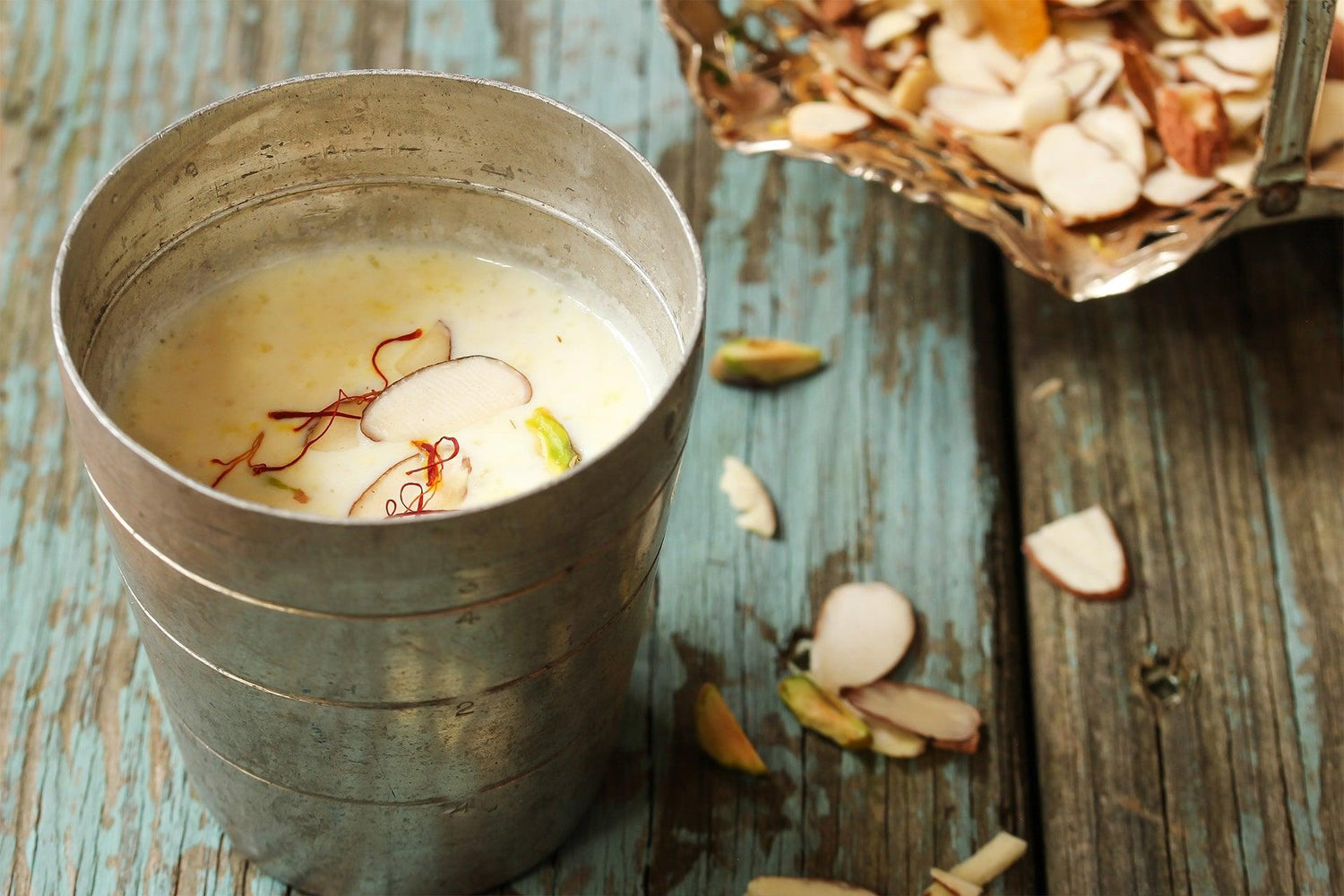Information:
They are commonly known as radiator plants due to the fact that they were originally grown on the warm radiators of homes, offices, and greenhouses. Peperomias are popular as houseplants because they are easy to care for, have attractive foliage, and can thrive in low light conditions. They prefer well-draining soil and should be allowed to dry out slightly between waterings. Overwatering can lead to root rot, which is a common problem with these plants. Some species of Peperomia also produce small, insignificant flowers
Uses:
1)Decoration: Peperomias come in a variety of shapes, sizes, and foliage colors, making them attractive and interesting additions to any indoor space.
2)Ease of care: Peperomias are relatively low maintenance and easy to care for, making them a great choice for those who are new to indoor gardening or who have limited time for plant care.
3)Air purification: Peperomias, like many other houseplants, have been shown to help purify the air by removing harmful pollutants and improving indoor air quality.
4)Low light tolerance: Peperomias are able to thrive in low light conditions, making them ideal for rooms with limited natural light.
5)Improved mood: Indoor plants like Peperomias have been shown to improve mood, reduce stress and anxiety, and increase feelings of well-being.
6)Low cost: Compared to many other houseplants, Peperomias are relatively inexpensive, making them accessible to a wide range of people
Share a photo and tag us @maprofoods and get featured!

Description:
Mapro Kesar Sharbat is a sweet and refreshing drink made with the delicious flavor of saffron. It’s perfect for hot days, giving you a cool and tasty experience. Just mix it with water or milk, and you have a refreshing drink to enjoy anytime. Mapro Kesar Sharbat is a great way to enjoy the unique taste of saffron in a simple, easy-to-make drink!







